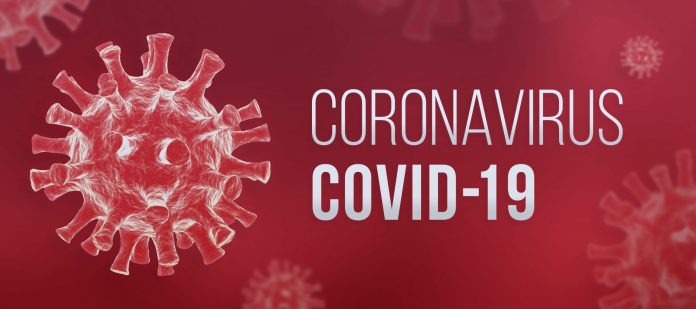Short-term impacts from the coronavirus (Covid-19) pandemic on the burgeoning internet-of-things (IoT) market will see an 18 percent slump in new wide-area connections in 2020 compared with previous forecasts. However, the IoT sector will find its mark in the longer-term as the planet adjusts to a ‘new normal’ post Covid-19.
A combination of manufacturing shut-downs, supply chain interruptions, and changes in availability and demand of connected products has impeded the rate of adoption of IoT in recent months.
Analyst house ABI Research said IoT connections in the fleet management and heavy transport sectors have been hardest hit by the Covid-19 slowdown. Fixed assets, digital signage, and kiosks also face huge impacts, it said, as they are driven by the entertainment and retail sectors, which have been effectively put on hold during the lockdown period.
ABI Research issued a forecast at the start of 2020 that 0.36 billion new wide-area IoT connections, on both fixed and wireless networks, will be added in the year, taking the total installed base to 1.97 billion IoT connections worldwide.
It has revised down the figure, to account for disruption to rollout activity within the 32 end markets it covers, to 0.29 billion connections, with the total base rising to 1.91 billion in the period instead. The new forecast is lower by 66 million connections in total, and by 18 percent.
Jamie Moss, research director for M2M and IoT at ABI Research, remarked: “Covid-19’s impact on the IoT is three-fold. Some applications will experience a decline in shipments during 2020, ergo a reduction in the expected growth rate to their installed base. Yet, with no intrinsic change to their desirability and utility, they will return to expected growth in subsequent years.
“Some will experience a temporary stall in 2020 that will be compensated by increased activity immediately after, to bring expectations back into line. While others will experience fundamental shifts in demand, both positive and negative, for years to come, as consumer and enterprise priorities shift in the light of Covid-19.”
In the consumer space, the market for connected vehicles and transportation has suffered significantly from restricted mobility during lockdown, said ABI Research. At the same time, smart home revenues will continue to rise after the pandemic, as people continue to invest the function and comfort of their living spaces.
Equally, the Covid-19 crisis will spur investment in asset tracking, inventory management, and condition-based monitoring in the longer term. Moss said the IoT market will right itself quickly, however, as low-power wide-area (LPWA) sensors and networks are commandeered by consumers and enterprises to grasp a post Covid-19 world.
He said: “To be forewarned is to be forearmed and the mass use of microcontroller-based LPWA sensors can help us make a safer world, where we can quickly respond to threats. The IoT is a market that grows naturally as and when it right for it to do so, to deliver planned results. And the need for guaranteed outcomes has never been more acute than now.”

